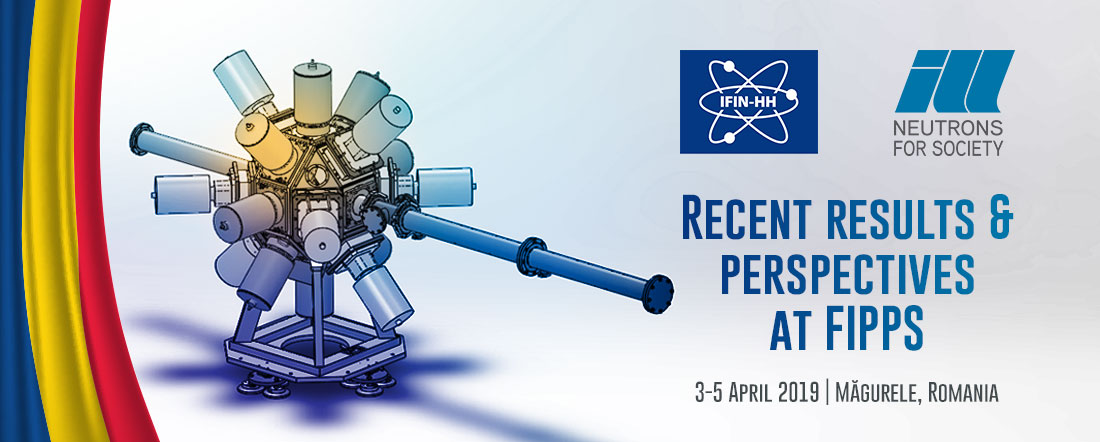Speaker
Description
Nuclear fission is a complex process, for which an microscopic description is challenging. Most of the energy of the process is transferred into kinetic energy : fragments are repulsed by Coulomb force according to their shape evolution after the scission point. How exactly the remaining energy is shared between the two fragments is one of the open questions on the fission process. Another one is how the angular momentum is generated at scission and what is its distribution. In the last decade, large efforts were made in the fission community to improve the modeling of the fission process and of the de-excitation of the fission fragments. Here we would like to present our results with EXILL data, our short-term plan with FIPPS data and our perspectives with FIPPS.
The EXILL experiment campaign conducted in 2012-2013 at ILL with a 235U target allows us to study the de-excitation of the fission fragments with large statistics. We extracted the intensities of the main discrete gamma-ray transitions for a set of fission fragments and we compared our results to the ones predicted by the FIFRELIN simulation code. Different models were tested (e.g. spin distribution of the fragments at scission) and these first results are encouraging.
The recent FIPPS campaign with a 235U active target brings new opportunities. At first, the expected reduction of background will allows us to explore a larger set of fission fragments. Next, this experiment with a fission trigger makes possible the extraction of fission yields Y(A,Z). It should permit to complete the yields measured at Lohengrin and access the ones that are difficult or impossible to be measured at Lohengrin. Finally, we plan to explore the population of shapes in the region of nuclei with shape coexistence.
In order to improve the experimental sensitivity, we consider bringing one arm of the FALSTAFF fission fragment spectrometer to ILL and coupling it to FIPPS. FALSTAFF is developed at IRFU for NFS (GANIL/Spiral2). The arm consists of a pair of secondary electron detectors (SED) and an axial ionization chamber. SEDs measure the fragment time of flight (and thus its speed). The ionization chamber measures the fragment energy. The combination of both measurements provides the mass of the fragment after neutron evaporation. The goal is to reach a resolution (sigma) of about 2 uma.

